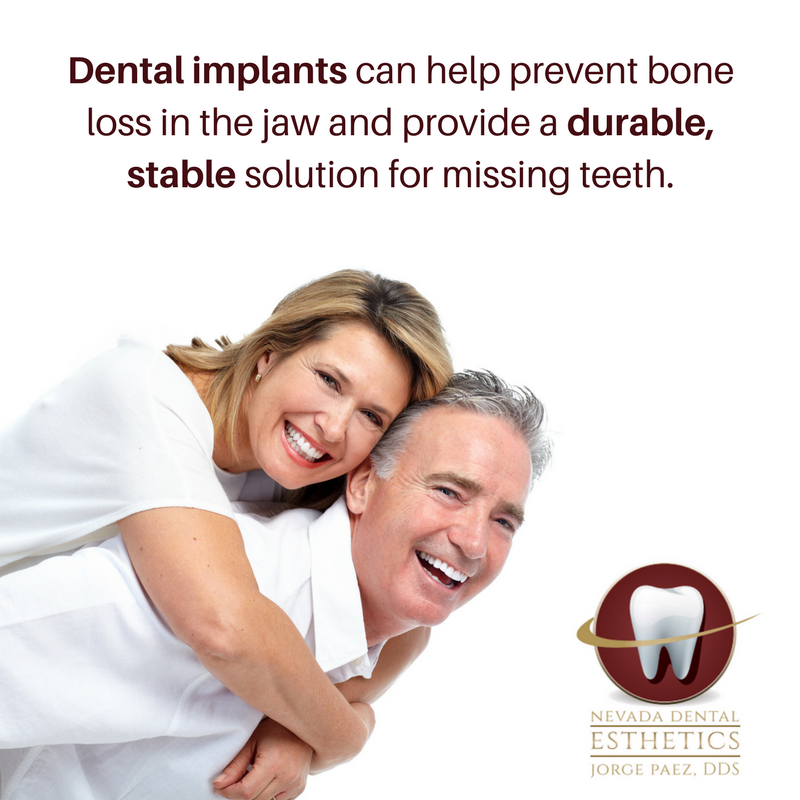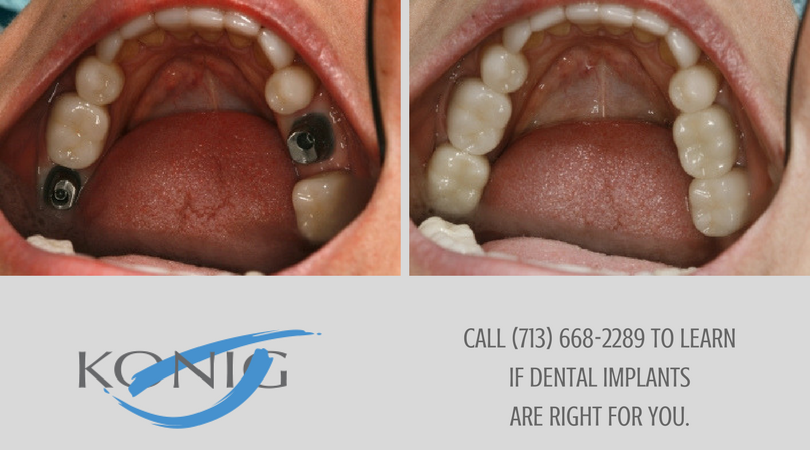The Best Blogging Strategy: Engage Website Visitors with More than Just Text
Dentists pride themselves on educating their patients, so they can make informed decisions about the best treatment options for their oral health and smile. Dentists who apply that same emphasis on website content and engagement tend to get better search rankings, more website traffic, and more leads.
We know that content is important. Google loves original, fresh, substantive content, and tends to reward well-written, information-rich websites and blogs by ranking them high in the search results.
We have clear data that shows long-form pages and blog posts in particular will improve both rankings and traffic. But words alone are not enough. Lots of words on a page are boring and will turn off most patients. Users will glide down the page without reading, if they even scroll at all.
If you want prospective patients to choose your dental practice, you need to connect with your website visitors on an emotional level. And most people require more than text on a page to form an emotional bond.
For many dental practices, the website blog is the main content marketing tool for delivering relevant and resonant content on an ongoing basis. According to a recent Bright Local survey, a whopping 98% of business owners believe in the importance of blogging at least once a month, if not more. Blog posts boost the credibility of brands, but the near-universal emphasis on frequent blogging creates competition among practices trying to stand out.
Quality content is a good start, but monthly or more blog posts comprising text alone are not enough by themselves to communicate relevance to search engines, drive website traffic, engage patients, and generate leads. In order to boost their blogging strategy, dentists should invest in dynamic and interactive content.
Here are 5 of the most engaging and affordable dynamic content options for engaging visitors to your blog:
1. Custom Videos:
Google is the world’s largest search engine, but YouTube is in second place. Considering that the same company owns both of these platforms, achieving consistently high rankings in organic and video search is a synergistic search engine optimization (SEO) strategy.
SEO brings users to your website, but engaging content keeps them there. And few types of digital content are more engaging than video.
Custom videos introduce potential patients to you and your practice. You can shoot original videos and embed them into blog posts and on your priority practice area pages for the purposes of:
- Telling patients what sets you apart from other dental offices
- Answering questions patients commonly pose about dental health, cosmetic dentistry, and other services
- Taking patients on a digital tour of your office
- Putting faces and voices to names for you and your staff
- Highlighting positive patient testimonials
Montage videos that incorporate photos of you and your patients, your facility and staff, as well as a voice-over that describes why a patient should become a patient is another affordable video option. Here is an example of a montage video:
Source: https://www.youtube.com/watch?v=T_p7nbBawos
Regardless of whether you shoot custom videos or use montage videos, adding video throughout your website, your blog and your social media posts will help you engage with prospective patients and set your practice apart from the competition.
2. Infographics:
For many dentists, delivering technical information to laypeople can be a challenge. Even when you simplify the language, wordy paragraphs might seem like the only way to present details about a treatment or condition. Fortunately, there are other options.
Infographics provide you with a framework for communicating important information through compelling images and digestible text, rather than full paragraphs. Like the name suggests, information and graphics are both important for this handsome type of visual content, but readability is key.

Source: https://www.lovebrushing.com/general-dentistry/brushing-tips
In the example above, note how the graphics and bite-sized text flow through the intuitive grid format. The appearance possibilities for an infographic are virtually endless; online platforms like Canva provide hundreds of easy-to-use templates, or you can create your own in programs like Adobe Photoshop.
Ultimately, engaging infographics have a few attributes in common:
- Straightforward text that communicates information succinctly
- Graphics that catch the eye and, ultimately, drive users to scan both the images and text
- Branding that identifies your practice, such as your logo, practice name, and color scheme
- A section highlighting any sources that informed your research
- Prominent placement in your blog post or website page
Infographics are more than a compelling focal point that you can use in a single post. Like any image file, they can augment multiple blog and social media posts as well as Web pages. In each case they serve as a centerpiece for attracting off-site links.
3. Quizzes:
More and more brands are identifying how-to content as a major tool for customer engagement and retention. Although there are steps patients can take to care for their teeth, many oral health problems require professional treatment by a dentist.
However, seeking treatment for a problem represents the bottom of the sales funnel. To capture patients at the beginning or middle of the funnel (identifying a problem, then determining the solution), dentists can provide potential patients with a dynamic option for evaluation through online quizzes.
Source: https://www.johnrphelpsdds.com/blog/which-services-can-enhance-my-smile.html
In the above example, say a prospective patient is unhappy with her smile. Most dental websites and blogs focus on the solution -- porcelain veneers, teeth whitening, etc. -- while paying minimal attention to the issues that make patients consider cosmetic dentistry.
Should the hypothetical patient arrive on a blog post with an interactive feature that reports possible treatments based on the information she provides, that dentist will stand out when she decides whom to call.
Creating a quiz might look complicated, but free tools like Qzzr can help. These platforms walk you through how to structure questions and answers, the creation of scores, and more.
4. Slideshare Presentations:
Whether you’re a consummate social media marketer or use it to maintain professional relationships, you likely know about LinkedIn. What you might not know is that LinkedIn is home to a powerful content marketing tool that gives professionals a platform for sharing their presentations online.
SlideShare is an online portfolio for slideshow presentations. Instead of using a slideshow once and then losing track of it on your hard drive or in the cloud, SlideShare gives you the ability to enhance your credibility on an ongoing basis with high-quality digital collateral in an intuitive interface.
It might be tempting to use SlideShare as a repository for presentations you give at dental conferences, but you can make better use of the platform as a patient education tool. Blog posts are a perfect home for this kind of dynamic visual content:
Orthodontics 101 - Class in Session! from P1Solutions
Source: https://www.cherrycreeksmiles.com/blog/braces-101-slide-show
Much like infographics, custom slideshows like the example above communicate bite-sized information in an interactive format. What’s more, presentations are not only hosted on SlideShare itself; you can use an embed code to integrate them on multiple blog posts or pages of your practice website.
Because of its professional emphasis, LinkedIn has an ingrained credibility that more informal social networks lack. You can leverage this authority with SlideShare presentations that enhance your LinkedIn profile and your website.
5. Branded Imagery:
Photos of your office and your team create an immersive experience. Optimally you can draw on a significant number of custom photos to engage website visitors and create an authentic user experience, but online stock image platforms like Adobe Stock provide an effective (if not unique) alternative to fill long stretches of text.
Whether you have a library of custom images or largely rely on stock photos, you can enhance imagery on blog posts and content throughout your website with branding elements such as:
- Your logo
- Your practice name
- Details about the service you provide
- Your contact information
Custom branding transforms a high-quality, if commonplace, stock image into an asset unique to your practice website:

Source: https://www.lasvegas-cosmetic-dentistry.com/blog/the-high-cost-of-cheap-dental-implants
You can also enhance the engagement of custom images such as before-and-after pictures and candid office photos with branded visual elements:

Source: https://www.konigdds.com/blog/do-dental-implants-last-forever
Building a Comprehensive Content Marketing Strategy
Dentists who emphasize patient education typically enjoy better engagement and retention. The same is true of dental practice websites and blogs, but engaging content is much more than just text.
Videos, infographics, online quizzes, SlideShare presentations, and branded imagery are just a few ways to turn informative blog content into eye-catching and interactive posts that keep potential patients on your website and encourage them to make an appointment with you instead of your competitors.
Through in-house effort or outside investment, any dental practice can have a blog. But a successful blogging strategy uses multiple forms of visual content, not just text by itself, to capture patient attention and generate more leads.
Dan Goldstein is the president and owner and Adam Rowan is the content specialist at Page 1 Solutions. Page 1 Solutions is a comprehensive digital marketing agency serving dentists, attorneys, and doctors in private practice throughout North America.
Click here to sign up for more Dentist's Money Digest content and updates.
RELATED:
More Coverage on
- Understand the Keys to Effective Practice Leadership
- Brand Identity Isn't Just for Products
- Are Dermal Fillers and Dental Drills a Good Idea?
ACTIVA BioACTIVE Bulk Flow Marks Pulpdent’s First Major Product Release in 4 Years
December 12th 2024Next-generation bulk-fill dental restorative raises the standard of care for bulk-fill procedures by providing natural remineralization support, while also overcoming current bulk-fill limitations.